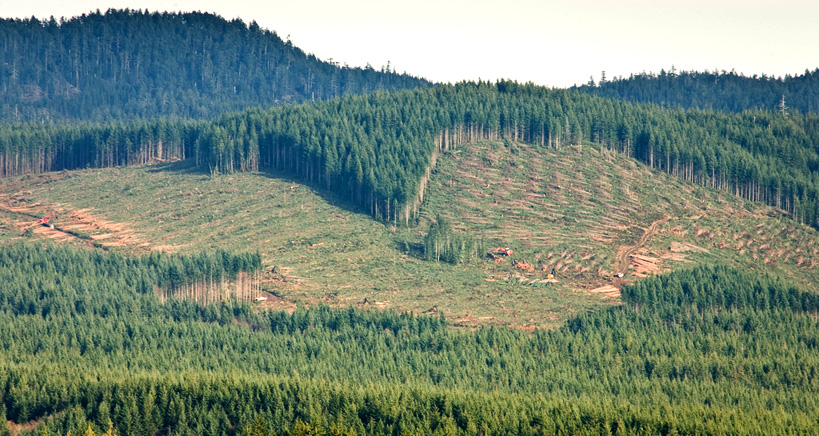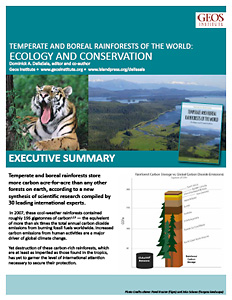
Radio Show Raises Support and Awareness for BC’s Endangered Old-Growth Forests
Ryan Fletcher, host of the radio show Melodies in Mind (www.unconformed.com/melodies-in-mind) on CJSFJ 90.1 hosted a live radio show to support the work of the Ancient Forest Alliance. The show featured…
No Charlie Brown Tree
O’ Christmas tree! O’ Christmas tree! Thy status is so precarious—at least if you’re the gnarly old beauty celebrating your one-year birthday in Avatar Grove. But this season isn’t just a time to celebrate: it’s time to get serious about conservation efforts, according to the Ancient Forest Alliance.
Avatar hopes high in Port Renfrew chamber
To mark the first anniversary of the discovery of the groves by the Ancient Forest Alliance (AFA), the Port Renfrew Chamber of Commerce is adding its voice to the chorus calling for the grove’s long-term preservation.
Port Renfrew’s ‘Avatar Grove’ To Become Eco-Tourism Site
The Ancient Forest Alliance is planning monthly public hikes to the Grove which features 50 hectares of old growth trees, located in an area just discovered by the Alliance a year ago.
Island’s own Avatar Grove to open near Port Renfrew
In hopes of increasing public interest in saving the area from logging, the group is planning monthly public hikes to the grove, starting in January.
Meanwhile, the Port Renfrew Chamber of Commerce has repeated its call for protection of the old-growth stand.
Endangered Avatar Grove Celebrates One Year Anniversary
To mark the one year anniversary since identifying the spectacular but endangered Avatar Grove the Port Renfrew Chamber of Commerce is repeating its request to the provincial government to protect the Grove while the Ancient Forest Alliance (AFA) is planning to organize monthly public hikes to the Grove until it is saved.

Endangered Avatar Grove
Between Port Renfrew and Cowichan Lake, above the banks of Gordon River, a small pocket of old-growth western redcedars (Thuja plicata) and Douglas-firs (Pseudotsuga menziesii) was discovered earlier this year. It represents a rare remnant of valley-bottom primary forest on southern Vancouver Island, where 96% of the original forest has been logged. This place was dubbed Avatar Grove, after this year’s box office blockbuster Avatar, the story line of which is a cautionary tale warning against the unsustainable use of our planet’s resources.

Slideshow to protect Island’s ancient forests
The Comox Valley Naturalists Society will be hosting a slideshow presentation 7-9 p.m. on Dec. 8 by Ken Wu and TJ Watt of the Ancient Forest Alliance to raise awareness of and support for the need to protect BCs endangered old growth forests. The presentation will be at the Florence Filberg Centre, 411 Anderton Ave., Courtenay. Admission is by donation.

Letter to the Editor: Governments failing forest industry
As you may be well aware, our successive B.C. governments have had no interest in delaying or stopping logging of old growth trees. Their record is abysmal plus disgraceful in this regard.

Scientists Urge Canada to Protect Its Northern Rainforests as Climate Change Insurance
A new book released this week highlights the urgent need to protect Canada’s more than 20 million hectares of pristine temperate and boreal rainforests. Found in British Columbia, Newfoundland, Quebec, and New Brunswick, these globally important rainforests absorb and store vast amounts of carbon. Scientists argue that protecting these rainforests is a critical insurance against climate change and are calling on the Canadian government to take this message to the upcoming global conference on climate change.
